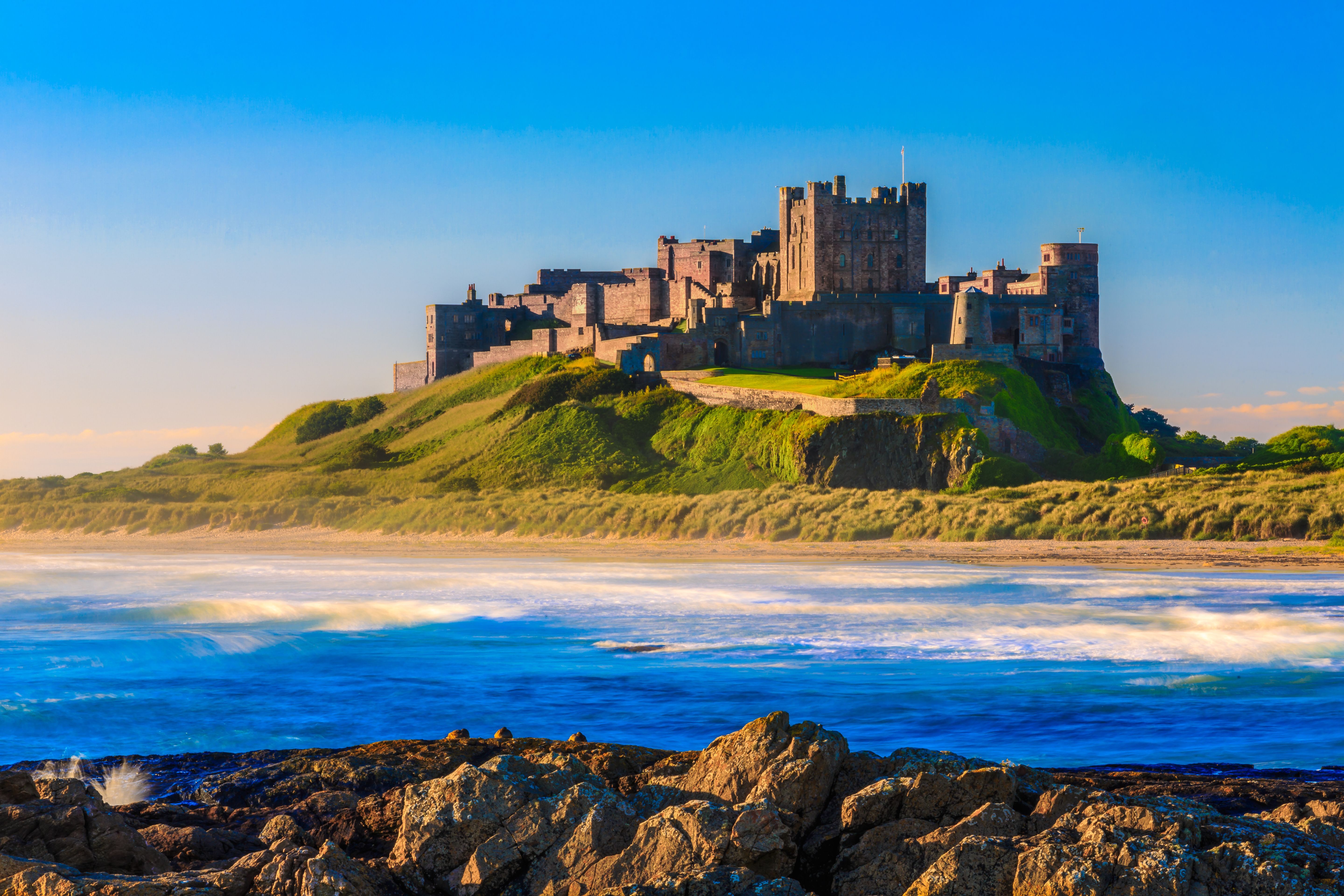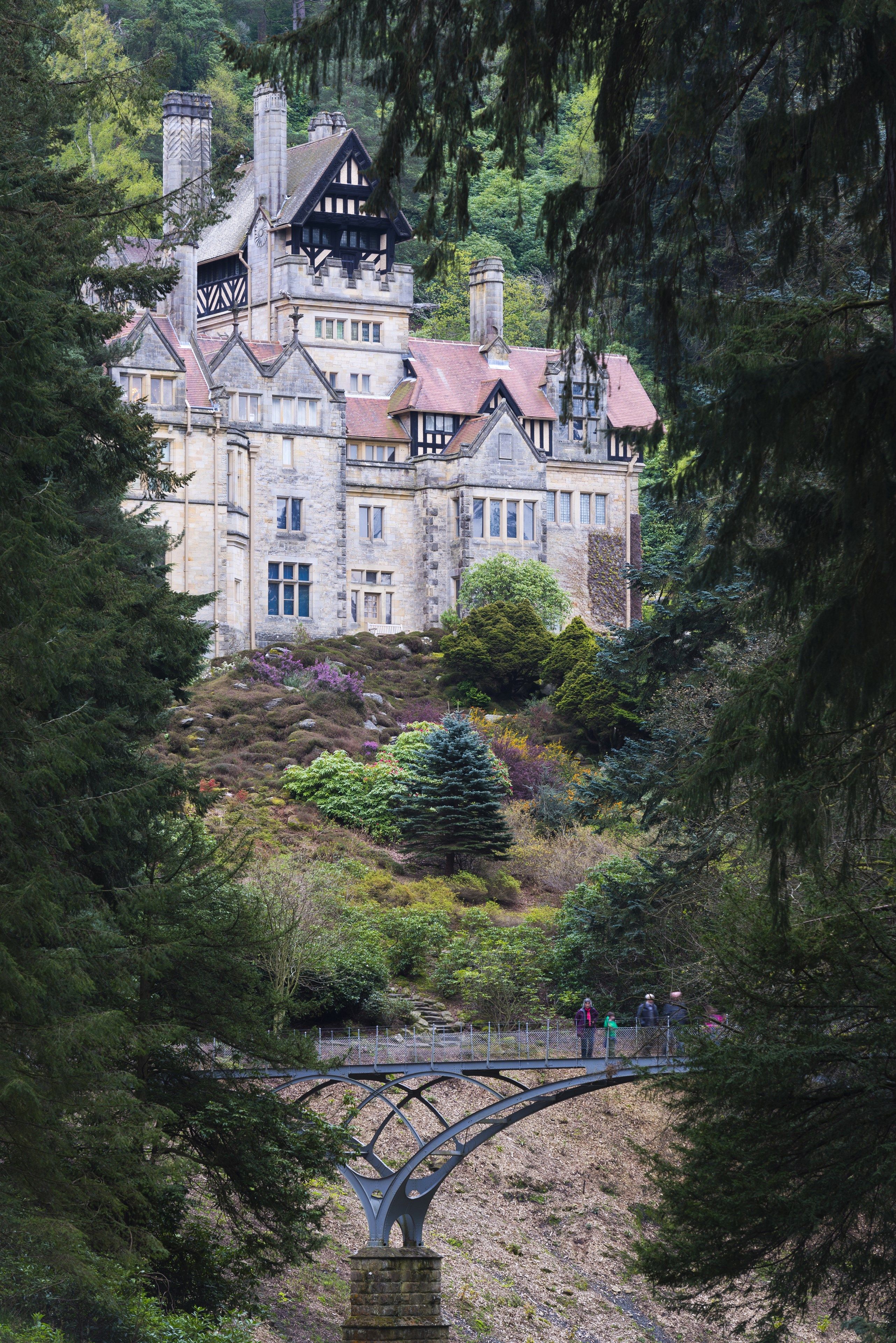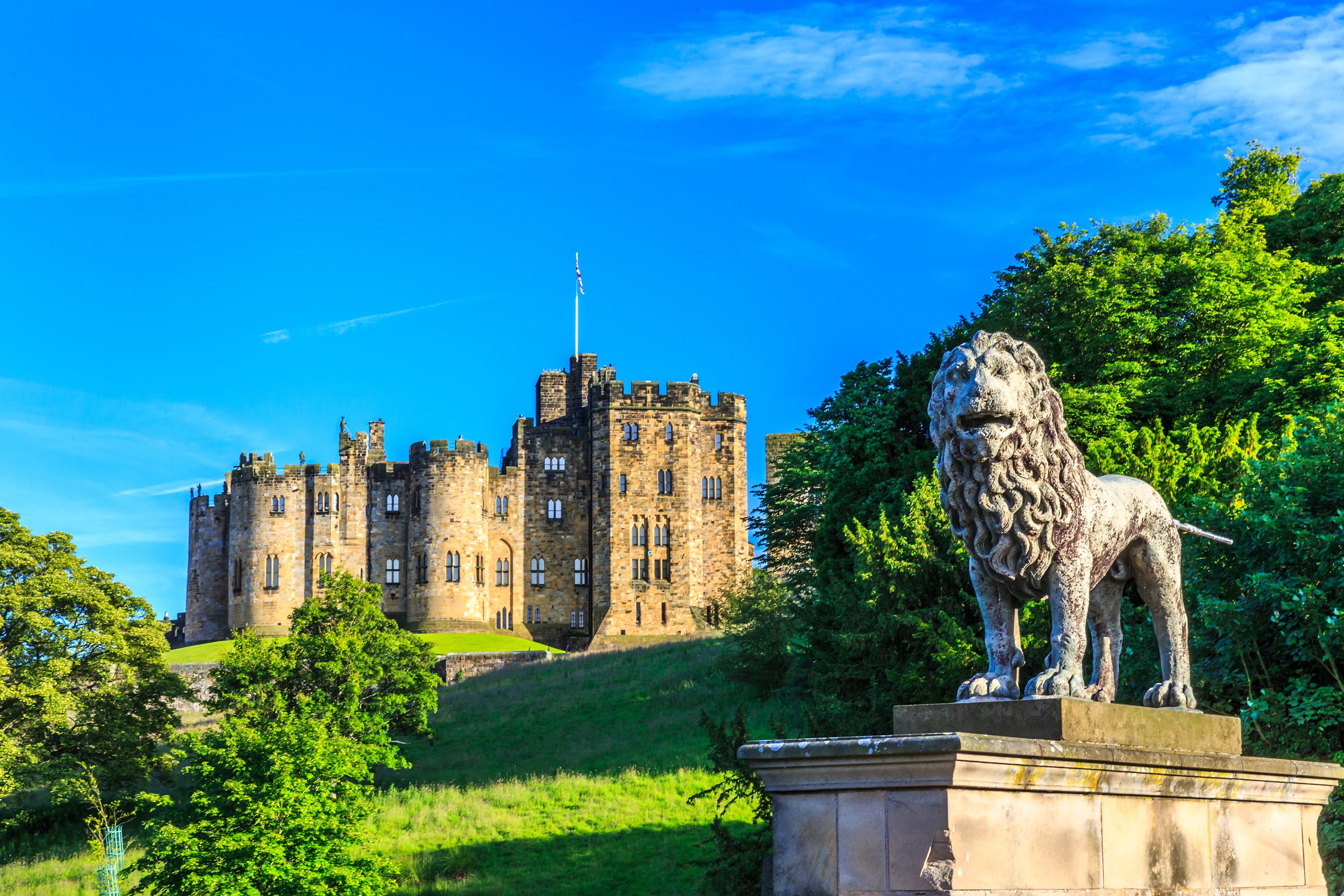England: Castles and Houses of Northumberland

Summary
A visit to the low lying coast and wide open spaces of Northumberland is always a treat but when it includes a host of historic houses and castles the pleasure is magnified greatly. Perhaps the most impressive of these is Bamburgh Castle, which sprawls over a rocky plateau on the coast, close to the Farne Islands. Late in its long life it was bought by the visionary inventor and philanthropist Lord Armstrong, whose innovative house at Cragside we will also visit.
Further highlights include a trip to the holy island of Lindisfarne and visits to both the castle and priory; a visit to Belsay Hall, built in 19th century Greek revival style from stone carved from its own quarry which was later transformed into a unique garden; and Wallington House, which dates back to 1688 and also boasts a fine garden. Then there is Alnwick Castle, which has been described as the ‘Windsor of the North’ and is the second largest inhabited castle in England. For once we will spend more time in the castle than in the neighbouring garden, but it would be remiss not to visit this most inspiring of projects.
What to Expect
- Unique experience at Belsay Hall – visit the house then the garden built in the quarry that provided the stone for the house
- Bamburgh Castle, one of the most impressive fortresses in the land
- In the footsteps of Harry Potter at Alnwick Castle
- Remarkable innovations at Cragside
- The magnificent grounds of Wallington House



